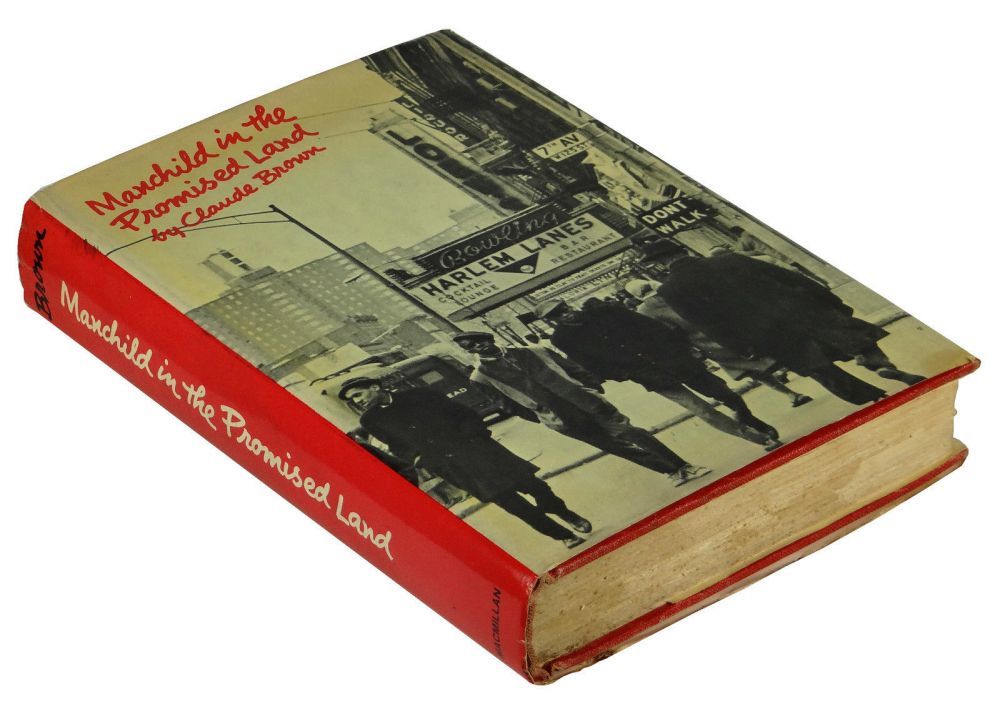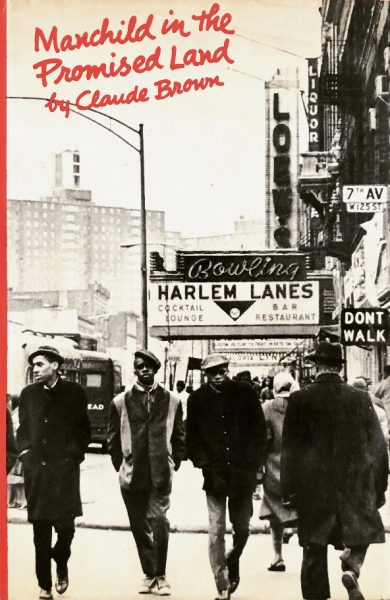
He escapes the perils of the drug scene and the real threat of longer incarceration by embracing the intellectual challenge of books, school, and music this embrace leads to a time of self-imposed exile from Harlem and a struggle with his identity and sense of “home.” Finally, he returns to Harlem with a redefined sense of self and community.īrown's “sociological imagination” takes shape in the form of explicit and analytical social criticism. He finds relief from the street in juvenile detention, again accompanied by his closest friends.

Brown charts his flight from family conflict to the relative emotional security of life on the street with his friends. Several story lines underlie the many specific and sometimes seemingly random episodes in the narrative. As Manchild unfolds, Brown's sociological analysis becomes more apparent and his political consciousness emerges as he places his own life, and Harlem more generally, within the broader context of American racial and economic patterns. More specifically, Brown portrays the generational conflict that resulted when parents tried to impose rural ways of survival on their children, who struggled with the “new ways” of the urban street. His autobiography explores this question, documenting his childhood in Harlem during the 1940s and 1950s, with a broader focus on an entire generation, the children of southern-born African Americans who had moved north after the depression.


“Where does one run to when he's already in the promised land?” Claude Brown opens Manchild in the Promised Land (1965) with a political challenge framed as religious metaphor.


 0 kommentar(er)
0 kommentar(er)
